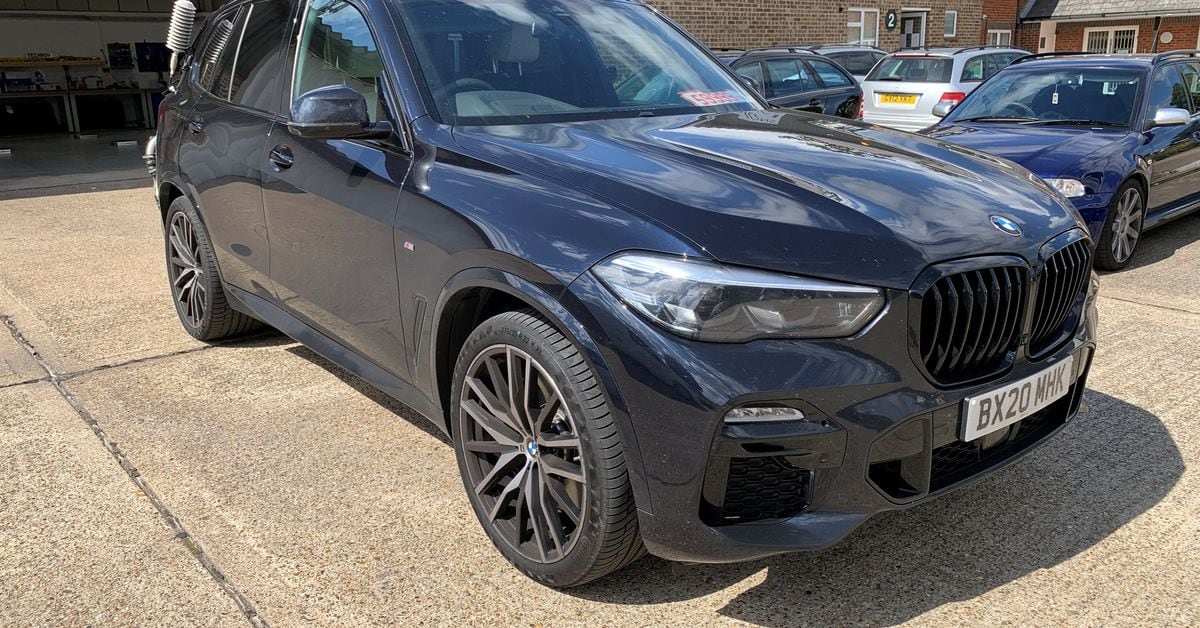- Joined
- 21 April 2009
- Messages
- 13,760
- Reaction score
- 7,702
Despite shifting into higher gear within the consumer's green conscience, hybrid vehicles are still tethered to the gas pump via a fuel-thirsty 100-year-old invention: the internal combustion engine. However, researchers at Michigan State University have built a prototype gasoline engine that requires no transmission, crankshaft, pistons, valves, fuel compression, cooling systems or fluids. Their so-called Wave Disk Generator could greatly improve the efficiency of gas-electric hybrid automobiles and potentially decrease auto emissions up to 90 percent when compared with conventional combustion engines.
The engine has a rotor that's equipped with wave-like channels that trap and mix oxygen and fuel as the rotor spins. These central inlets are blocked off, building pressure within the chamber, causing a shock wave that ignites the compressed air and fuel to transmit energy. The Wave Disk Generator uses 60 percent of its fuel for propulsion; standard car engines use just 15 percent. As a result, the generator is 3.5 times more fuel efficient than typical combustion engines. Researchers estimate the new model could shave almost 1,000 pounds off a car's weight currently taken up by conventional engine systems.
Last week, the prototype was presented to the energy division of the Advanced Research Projects Agency, which is backing the Michigan State University Engine Research Laboratory with $2.5 million in funding. Michigan State's team of engineers hope to have a car-sized 25-kilowatt version of the prototype ready by the end of the year.
© 2011 Discovery Channel
------------------------------------------------------------------------------------------
http://www.youtube.com/watch?feature=player_embedded&v=uf_-IMgla34#at=28
The engine has a rotor that's equipped with wave-like channels that trap and mix oxygen and fuel as the rotor spins. These central inlets are blocked off, building pressure within the chamber, causing a shock wave that ignites the compressed air and fuel to transmit energy. The Wave Disk Generator uses 60 percent of its fuel for propulsion; standard car engines use just 15 percent. As a result, the generator is 3.5 times more fuel efficient than typical combustion engines. Researchers estimate the new model could shave almost 1,000 pounds off a car's weight currently taken up by conventional engine systems.
Last week, the prototype was presented to the energy division of the Advanced Research Projects Agency, which is backing the Michigan State University Engine Research Laboratory with $2.5 million in funding. Michigan State's team of engineers hope to have a car-sized 25-kilowatt version of the prototype ready by the end of the year.
© 2011 Discovery Channel
------------------------------------------------------------------------------------------
http://www.youtube.com/watch?feature=player_embedded&v=uf_-IMgla34#at=28


